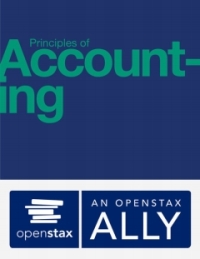Question
Question 4 (12 marks) Analyze the key profitability ratios and identify the reason for the change in them by answering the following questions., Keep in
Question 4 (12 marks)
Analyze the key profitability ratios and identify the reason for the change in them by answering the following questions.,
Keep in mind the following assumptions for solving this question:
- The key profitability ratios are Variable Margin (as a % of sales), Operating Margin, Return on Equity and Return on Average Capital Employed.
- Assume that there is no change in the capital employed during the year 2002 so that the capital employed at the beginning of the year is the same as that during the ending of the year.
- The gross profit is also known as the variable margin./
Question 4A: Calculate the key profitability ratios for the years 2002 to 2006(E). (8 marks, 2 for each key ratio)please answer in the excel sheet containing with all the workings and formulas used for this question
Question 4B: What is the trend in ROE from 2002 to 2006(E)? List down at least one reason for the increase/decrease in ROE by assessing the drivers of ROE and explain your answer (1+1 marks)
Question 4C: What is the trend in ROACE from 2002 to 2006(E)? List down at least one reason for the increase/decrease in ROACE by assessing the drivers of ROACE and Explain your answer (1+1 marks)



Step by Step Solution
There are 3 Steps involved in it
Step: 1

Get Instant Access to Expert-Tailored Solutions
See step-by-step solutions with expert insights and AI powered tools for academic success
Step: 2

Step: 3

Ace Your Homework with AI
Get the answers you need in no time with our AI-driven, step-by-step assistance
Get Started


